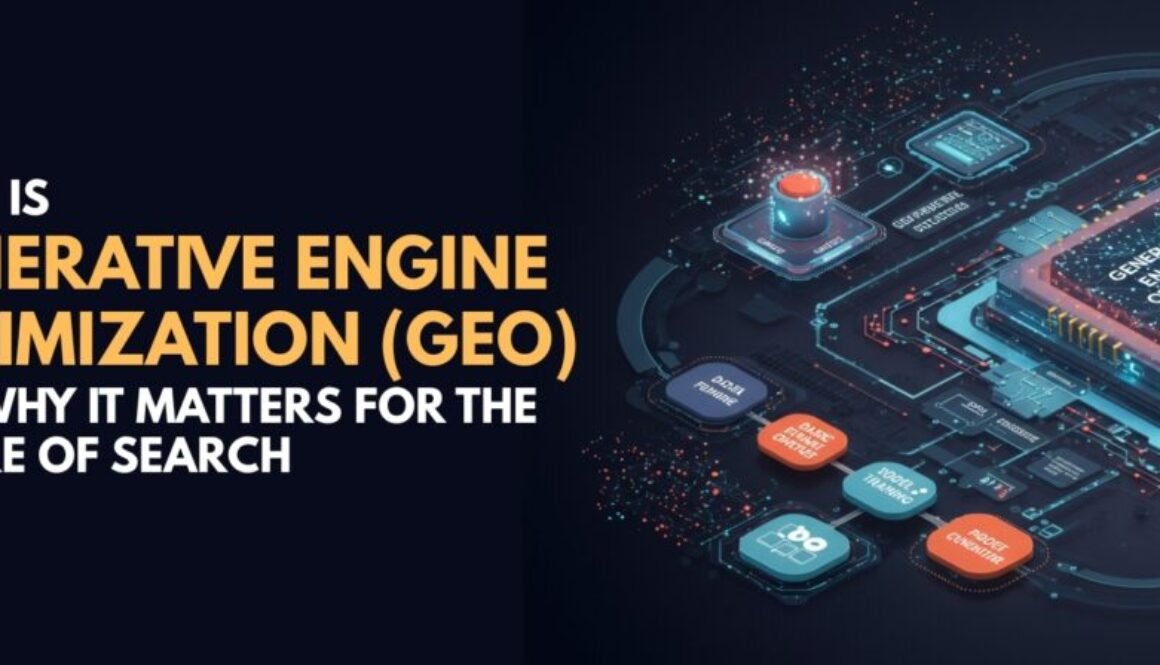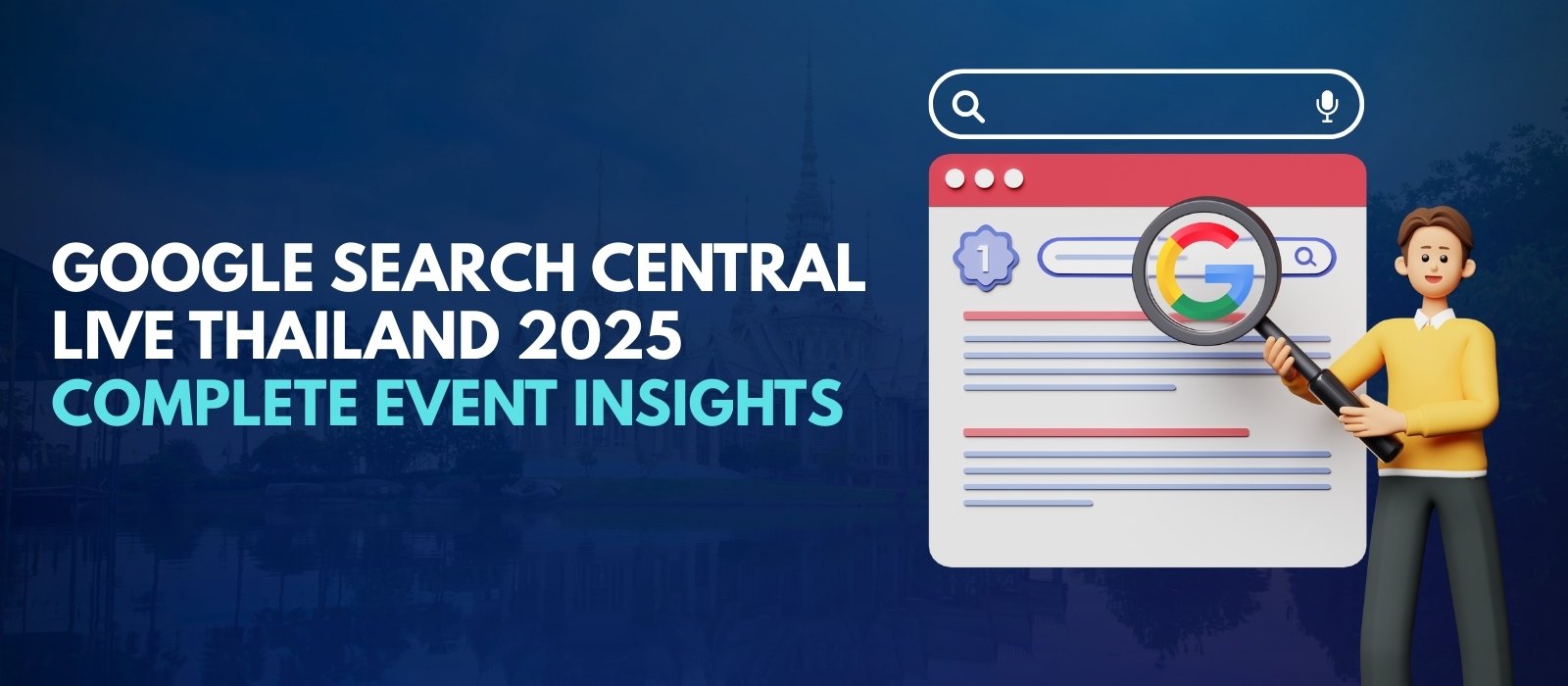What is Generative Engine Optimization (GEO) and Why it Matters for the Future of Search
What is Generative Engine Optimization (GEO) and Why it Matters for the Future of Search
The way people search for information has undergone significant changes over the last two decades. From the early days of simple keyword queries to today’s AI-powered answers, the evolution of search has been nothing short of revolutionary. In 2025, one of the most significant topics in digital marketing is Generative Engine Optimization, often abbreviated as GEO. Businesses, content creators, and marketers need to understand this concept because it represents the future of how people will discover information, products, and services online.
Understanding the Shift from SEO to GEO
For years, Search Engine Optimization or SEO has been the foundation of digital marketing. It revolved around optimizing websites for search engines such as Google so that they could appear higher in search results. While SEO is still crucial, the rise of generative engines has introduced a new layer of complexity. Generative engines are platforms like ChatGPT, Google Gemini, and Perplexity that provide answers directly to users rather than simply presenting a list of websites.
This shift means that websites no longer compete only for rankings in the “ten blue links” format. Instead, they also compete for visibility in the answers produced by artificial intelligence models. GEO focuses on ensuring that content is structured and optimized in such a way that AI systems can identify it as valuable, trustworthy, and relevant enough to include in generated responses.
How Generative Engines Work
To understand GEO, it helps to first understand how generative engines operate. Traditional search engines crawl and index websites, then return links that match a query. Generative engines take this a step further by analyzing data, applying natural language processing, and synthesizing an answer in real time. The output is conversational, often resembling how a human expert might respond to the same question.
The challenge for marketers is that the criteria generative engines use are different from those of traditional search engines. While backlinks and keywords still matter, the engines now rely heavily on signals such as clarity of language, authority of the source, and contextual relevance. This is why GEO is emerging as its own discipline.
Why GEO Matters for Businesses
Businesses that fail to adapt to GEO risk lose online visibility. When someone asks an AI assistant a question like “What are the best project management tools for small businesses?” the AI may only mention two or three names. If your company’s product is not among those mentioned, you lose an opportunity to be discovered. Unlike traditional search, there may be no second page of results for the user to browse.
GEO matters because it directly affects brand discovery, customer acquisition, and digital reputation. By making content AI-friendly, businesses increase the likelihood of being referenced in generative answers. This can lead to higher trust, more qualified leads, and in many cases stronger conversions because users perceive AI-generated recommendations as unbiased.
Key Elements of Generative Engine Optimization
Generative Engine Optimization is not about abandoning SEO but about expanding it. Several elements play a role in making content GEO-ready. The first is clarity. AI systems prioritize content that answers questions directly and in simple language. Overly complicated jargon reduces the chance of being selected.
The second is authority. Content that demonstrates expertise, references credible sources, and provides verifiable information is more likely to be used in AI responses. Third is structure. Using headings, subheadings, and well-organized paragraphs makes it easier for AI to parse content and identify relevant sections. Finally, trust signals such as author bios, transparent sourcing, and user reviews enhance credibility in the eyes of generative engines.
Strategies for Optimizing Content for GEO
Marketers can take several practical steps to prepare their websites for GEO. The most effective strategy is to build content around questions. Instead of only targeting keywords like “email marketing software” it is more effective to create content that answers specific questions, such as “What is the best email marketing software for startups?” or “How does email automation improve customer retention?” This question-based structure aligns more closely with how people interact with AI assistants.
Another strategy is to incorporate structured data. Schema markup, for instance, provides additional context to generative engines about what a page contains. This improves the likelihood of being recognized as relevant for specific queries. In addition, focusing on first-hand insights, original research, and case studies can strengthen authority signals, which generative engines value highly.
Content Formats that Work Well for GEO
Not all types of content perform equally in generative search. Long-form blogs that explore a topic in depth are highly effective because they provide AI models with a broad context. At the same time, concise FAQs can help answer targeted questions. Video and audio content are also increasingly important, as generative systems are learning to summarize and reference multimedia content. Businesses should consider diversifying content formats so that their information can be discovered across different channels.
Common Mistakes to Avoid in GEO
One of the biggest mistakes businesses make is treating GEO as a shortcut to rankings. It is not about tricking algorithms but about genuinely providing value. Thin content, keyword stuffing, and over-reliance on automation can actually harm performance. Another mistake is neglecting trust signals. Without clear authorship, updated information, and transparent sourcing, content may be ignored by AI engines. Finally, ignoring user intent can reduce effectiveness. Generative engines are trained to respond to user intent rather than exact keywords, which means content must focus on solving problems and answering questions rather than simply listing features.
The Role of E-E-A-T in GEO
Google and other platforms have emphasized the importance of Experience, Expertise, Authoritativeness, and Trustworthiness, known as E E A T. This concept applies strongly to GEO as well. Generative engines favor content that reflects genuine experience, is written by or attributed to experts, demonstrates authority within its field, and inspires trust through accuracy and transparency. Marketers should ensure their content highlights these qualities to stand out in generative search.
The Future of Generative Engine Optimization
Looking ahead, GEO is likely to become a standard part of digital marketing strategies. As more users rely on AI assistants to find information, the competition for being included in answers will intensify. Businesses will need to invest in high quality content, transparent practices, and continuous optimization to remain visible. The end of the “ten blue links” era does not mean SEO is irrelevant, but it does mean marketers must broaden their approach and think about how content is consumed by both humans and machines.
Conclusion
Generative Engine Optimization is more than just a trend. It is a response to a fundamental shift in how people search for information. Traditional SEO principles still matter, but they are no longer enough on their own. To thrive in the digital landscape of 2025 and beyond, businesses must adapt to the realities of generative search. By focusing on clarity, authority, structure, and trust, marketers can ensure their content is not only discovered but also recommended by AI systems. This adaptation will be key to staying relevant, competitive, and successful in the age of generative engines.



